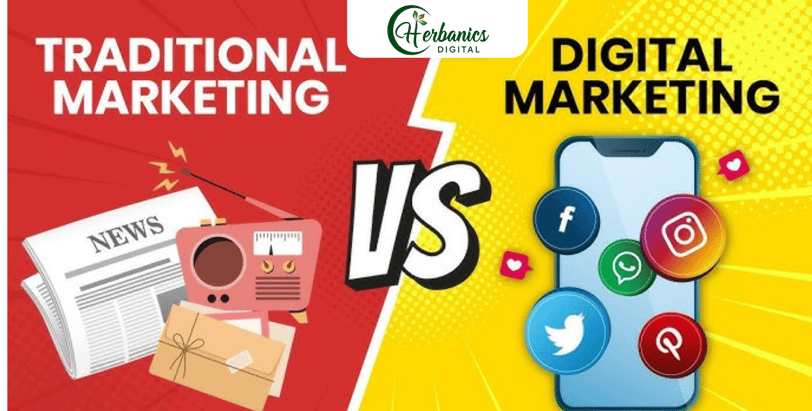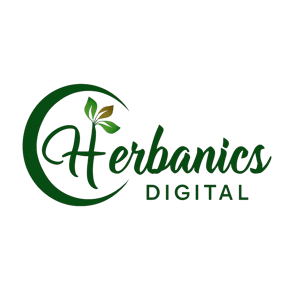Traditional Business Approach vs. Digital Presence
A Comparison of Pros and Cons for Modern Entrepreneurs In the past, running a business meant setting up a physical store, printing flyers, relying on word-of-mouth, and building customer relationships face-to-face. This traditional approach still holds value — but in today’s digital age, businesses also have the option to reach customers online. So which is better: sticking with traditional methods or investing in a strong digital presence? The answer isn’t always black and white. Let’s take a closer look at both, exploring the pros and cons of each, and why the most successful businesses today often use a combination of both.
6/20/20253 min read


Traditional Business Approach
✅ Pros:
1. Face-to-Face Connection
Interacting directly with customers allows for personal rapport, trust-building, and deeper relationships.
2. Community Presence
A physical location and local reputation can make a brand feel grounded, especially in smaller communities.
3. Simpler for Technophobes
No need to worry about websites, SEO, or algorithms. Some business owners prefer the hands-on, offline process.
4. Local Market Focus
Traditional marketing targets your immediate area — perfect for brick-and-mortar stores or service providers.
❌ Cons:
1. Limited Reach
You're mostly visible to people in your neighborhood or through word-of-mouth. If someone searches for you online and finds nothing — you lose that opportunity.
2. Higher Operating Costs
Physical locations, print advertising, and manual customer service often require more money and time.
3. Difficult to Track Results
It’s hard to measure the success of print ads, referrals, or walk-ins compared to digital analytics.
4. Less Flexibility
If your hours are limited, your business “closes” when the doors do — unlike websites that work 24/7.
Digital Presence
✅ Pros:
1. Wider Audience Reach
Your products or services can be found by people across cities, countries, or even the world.
2. 24/7 Accessibility
A website or social media page is always available. Customers can learn, inquire, or even buy anytime — even while you sleep.
3. Cost-Effective Marketing
Digital ads, SEO, and social media marketing can be far cheaper and more targeted than traditional media like newspapers or radio.
4. Easy Performance Tracking
Analytics tools let you track who’s visiting your site, what they’re interested in, and how they found you.
5. Builds Credibility
A professional website and active online presence establish legitimacy and make your business look trustworthy.
❌ Cons:
1. Technical Learning Curve
Setting up and managing a website, social platforms, or digital campaigns requires some tech knowledge — or hiring someone who has it.
2. Can Feel Impersonal
Digital communication lacks the personal touch of face-to-face interaction — unless done intentionally.
3. Needs Ongoing Updates
The online world changes fast. Platforms update, trends shift, and websites require maintenance to stay relevant.
Traditional vs. Digital: A Quick Side-by-Side Comparison
In traditional business, your reach is often limited to local customers. You rely on foot traffic, word-of-mouth, flyers, and physical events. While these can be effective within a community, they don’t scale easily or reach people beyond your area.
Digital presence, on the other hand, gives your business a global reach. People from anywhere can discover your brand through search engines, social media, or your website — even while you're offline.
Traditional businesses operate during set hours. Once your shop closes, your business essentially “shuts down” for the day. A digital presence gives your audience 24/7 access to your services or products, allowing customers to visit your site, browse, inquire, or purchase any time of day.
Marketing traditionally relies on print ads, posters, and physical promotions, which can be expensive and hard to track. Digital marketing offers cost-effective strategies like search engine optimization (SEO), social media advertising, and email campaigns — all of which provide measurable results and real-time insights.
Personal interaction is a strong point of traditional approaches, especially for relationship-based businesses. However, digital platforms, when used properly, can also create genuine engagement through content, messaging, and social proof like reviews and testimonials.
Meaning:
Traditional methods offer personal touch and local strength
Digital tools offer global reach, cost efficiency, and constant availability
The most effective businesses today find ways to combine both.
Which One Is Right for You?
The truth is, you don’t have to choose just one. The most resilient businesses today use both approaches in a balanced way.
A local bakery may serve walk-in customers and sell cakes through an online order form.
A consultant may meet clients in person and get leads through social media.
A shop may attend community events and run Facebook ads to grow their audience.
The key is adaptability — using digital tools to support and expand your traditional foundations.
